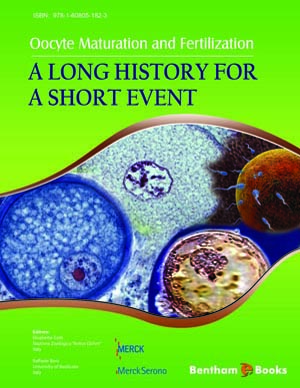Abstract
Overviewed is the life history of murid female germ cells from their first appearance as primordial germ cells during embryogenesis, their migration, proliferation and colonization of the genital ridge, the prospective gonad; the differentiation of primordial germ cells into oocytes that embark on the protracted meiosis in the embryo; the arrest of the meiosis in the newborn; the resumption of meiosis in the sexually mature animal, and finally the release of fertilizable ovum at ovulation. Emphasized are recent advances in the molecular regulation of meiosis initiation in the embryo and its resumption in the mature follicles in response to the ovulatory stimulus by luteinizing hormone.
Advances in the understanding of the regulation of meiotic resumption are presented in their historical perspective and the development of appropriate experimental models. Within the context of somatic cell regulation of meiosis resumption, the apparent paradoxical involvement of 3’5’ cyclic adenosine monophosphate in both inhibition and stimulation of meiosis are discussed; the role of somatic cell-oocyte gap junctions and the recently established obligatory role of follicular epidermal growth factor-like molecules in the mediation of the gonadotropic stimulation of meiosis and ovulation.
The involvement of steroids in mediating the gonadotropic stimulation of meiotic resumption in fishes and amphibians is well established. Nevertheless, the available data do not seem to support an obligatory role of steroids in meiotic resumption in mammals, and, particularly, not in murids. Apparently the evolution of hierarchical follicle growth and the consequent high intraovarian steroid levels resulted in the abandonment of steroids as a reliable signal for meiosis in mammals.






















